#Vivian Maier (1926–2009)
Explore tagged Tumblr posts
Text
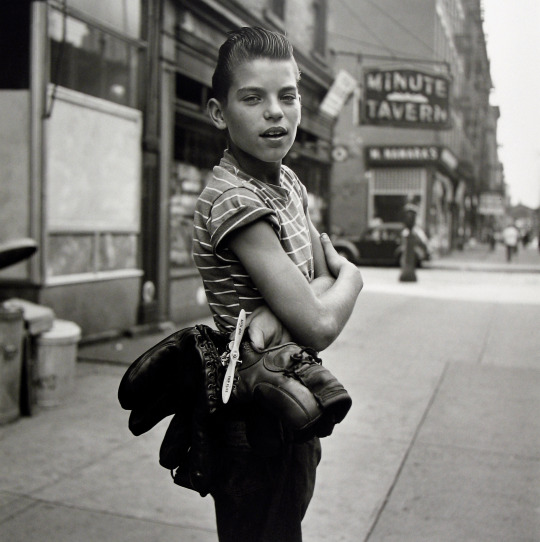
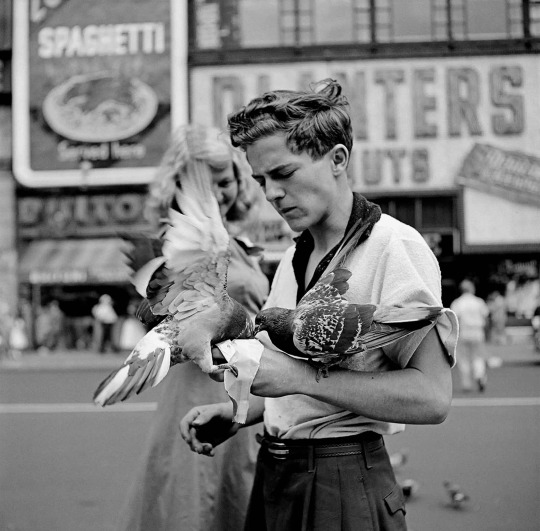

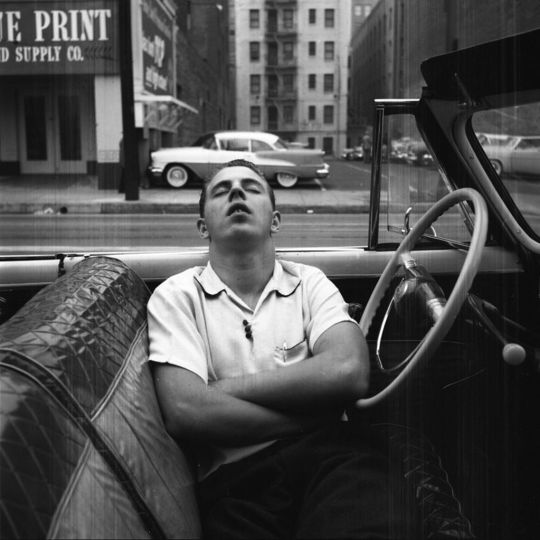

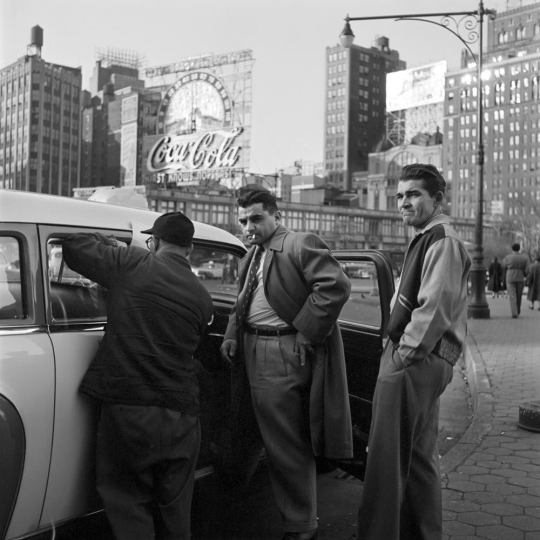
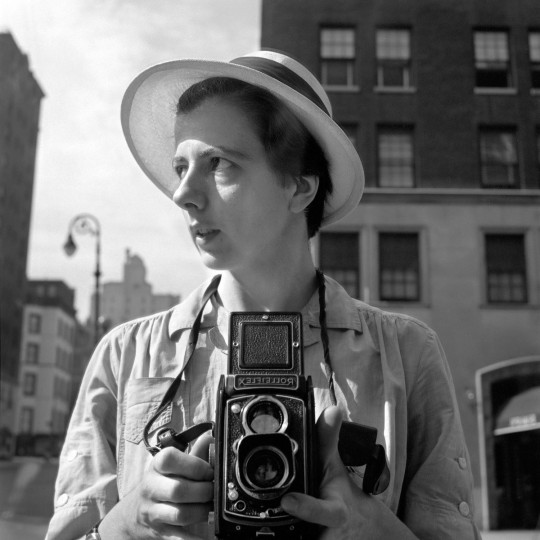
Photoseries of Vivian Maier, street Photographer. | 1926-2009
#vivian maier#photography#street photography#street photographer#1926-2009#vintage#vintage photography#photos#black and white photography#black and white#new york#new-york#new-york photos#people#street people#vintage camera#rolleiflex
38 notes
·
View notes
Text
Pioneering Women in Photography: Celebrating Well-Known Female Photographers
Photography has been shaped by countless trailblazing artists, and among them are extraordinary women who have revolutionized the field with their unique perspectives, innovative techniques, and fearless storytelling. These well-known female photographers have left an indelible mark on the history of photography, breaking barriers and inspiring future generations of visual artists. 1. Dorothea…
#Annie Leibovitz (b. 1949)#book-review#books#Celebrating Well-Known Female Photographers#Cindy Sherman (b. 1954)#Dorothea Lange (1895–1965)#fiction#Francesca Woodman (1958–1981)#Graciela Iturbide (b. 1942)#Imogen Cunningham (1883–1976)#Julia Margaret Cameron (1815–1879)#Margaret Bourke-White (1904–1971)#Mary Ellen Mark (1940–2015)#Mastering#Mastering Photography#Pioneering Women in Photography#reading#romance#Vivian Maier (1926–2009)
0 notes
Text

Vivian Maier (1926-2009), US street photographer
976 notes
·
View notes
Text
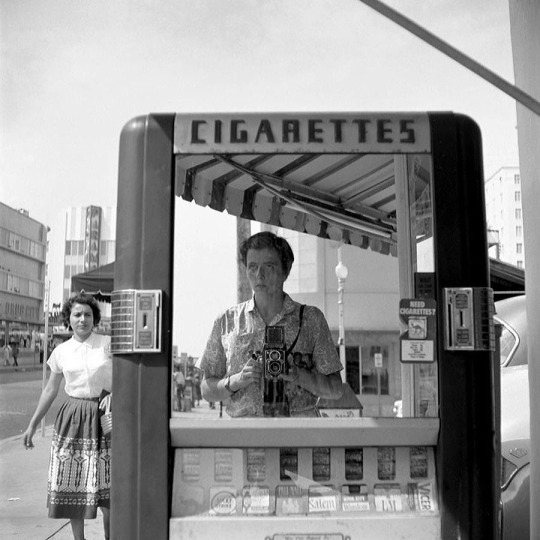
Vivian Maier, February 1, 1926 – April 21, 2009.
500 notes
·
View notes
Text

Vivian Maier
American, 1926–2009
Untitled (Suspicion), 1959
Manhattan, New York
33 notes
·
View notes
Text
Vivian Maier (1926-2009), photographer.
147 notes
·
View notes
Text

Vivian Maier (1926-2009), US street photographer
35 notes
·
View notes
Text

Vivian Maier (American 1926-2009), Self-Portrait, Chicago, 1955, Photograph
53 notes
·
View notes
Photo

New York - by Vivian Maier (1926 – 2009), American
224 notes
·
View notes
Text
Meet Vivian Maier, the Reclusive Nanny Who Secretly Became One of the Best Street Photographers of the 20th Century
The self-taught artist is getting her first museum exhibition in New York City, where she nurtured her nascent interest in photography.
Vivian Maier took more than 150,000 photographs as she scoured the streets of New York and Chicago. She rarely looked at them; often, she didn’t even develop the negatives. Without any formal training, she created a sprawling body of work that demonstrated a wholly original way of looking at the world. Today, she is considered one of the best street photographers of the 20th century.
Maier’s photos provide audiences with a tantalizing peek behind the curtain into a remarkable mind. But she never intended to have an audience. A nanny by trade, she rarely showed anyone her prints. In her final years, she stashed five decades of work in storage lockers, which she eventually stopped paying for. Their contents went to auction in 2007.
Many of Maier’s photos ended up with amateur historian John Maloof, who purchased 30,000 negatives for about $400. In the years that followed, he sought out other collectors who had purchased boxes from the same lockers. He didn’t learn the photographer’s identity until 2009, when he found her name scrawled on an envelope among the negatives. A quick Google search revealed that Maier had died just a few days earlier. Uncertain of how to proceed, Maloof started posting her images online.
“I guess my question is, what do I do with this stuff?” he wrote in a Flickr post. “Is this type of work worthy of exhibitions, a book? Or do bodies of work like this come up often? Any direction would be great.”
Maier quickly became a sensation. Everyone wanted to know about the recluse who had so adeptly captured 20th-century America. Her life and work have since been the subject of a best-selling book, a documentary and exhibitions around the world.
Now, the self-taught photographer is headlining her first major American retrospective. “Vivian Maier: Unseen Work,” which is currently on view at Fotografiska New York, features some 230 pieces from the 1950s through the 1990s, including black-and-white and color photos, vintage and modern prints, films, and sound recordings. The show is also billed as the first museum exhibition in Maier’s hometown, the city where she nurtured her nascent interest in photography.
Born in New York City in 1926, Maier grew up mostly in France, where she began experimenting with a Kodak Brownie, an affordable early camera designed for amateurs. After returning to New York in 1951, she purchased a Rolleiflex, a high-end camera held at the waist, and began developing her signature style: images of everyday life framed with a stark humor and intuitive understanding of human emotion. She started working as a governess, a role that allowed her to spend hours wandering the city, children in tow, as she snapped away.
She left New York about five years later, when she secured a job as a nanny for three boys—John, Lane and Matthew Gensburg—in the Chicago suburbs. The family was devoted to Maier, though they knew very little about her. The boys remember attending art films and picking wild strawberries as her charges, but they don’t recall her ever mentioning any family or friends. Their parents knew that Maier traveled—they would hire a replacement nanny in her absence—but they didn’t know where she went.
“You really wouldn’t ask her about it at all,” Nancy Gensburg, the boys’ mother, told Chicago magazine in 2010. “I mean, you could, but she was private. Period.”
Despite Maier’s reclusive tendencies, the Gensburgs knew about her photography. It would have been difficult to hide. After all, she lived with the family and had a private bathroom, which she used as a darkroom to develop black-and-white photos herself. The Gensburgs frequently witnessed her taking photos; on rare occasions, she even showed them her prints.
Maier stayed with the Gensburgs until the early 1970s, when the boys were too old for a nanny. She spent the next few decades working in other caretaking roles, though she doesn’t appear to have developed a similar relationship with these families, who viewed her as a competent caregiver with an eccentric personality. Most never saw her prints, though they do remember her moving into their homes with hundreds of boxes of photos in tow.
“I once saw her taking a picture inside a refuse can,” talk show host Phil Donahue, who employed Maier as a nanny for less than a year, told Chicago magazine. “I never remotely thought that what she was doing would have some special artistic value.”
Meanwhile, the Gensburgs kept in touch. As Maier grew older, they took care of her, eventually moving her to a nursing home. They never knew about the storage lockers. When she died at age 83, a short obituary appeared in the Chicago Tribune, describing her as a “second mother” to the three boys, a “free and kindred spirit,” and a “movie critic and photographer extraordinaire.”
Maier’s mysterious backstory is a large part of her present-day appeal. Fans are captivated by the photos, but they’re also intrigued by the reclusive nanny who developed her talents in secret. “Vivian Maier the mystery, the discovery and the work—those three parts together are difficult to separate,” Anne Morin, curator of the new exhibition, tells CNN.
The show is meant to focus on the work rather than the mystery. As Morin says to the Art Newspaper, she hopes to avoid “imposing an overexposed interpretation of her character.” Instead, the exhibition aims to elevate Maier’s name to the level of other famous street photographers—such as Robert Frank and Diane Arbus—and take on the daunting task of examining her large oeuvre.
“In ten years, we could do another completely different show,” Morin tells CNN. “She has more than enough material to bring to the table.”
The subjects of Maier’s street photos ran the gamut, but she often turned her lens toward “people on the margins of society who weren’t usually photographed and of whom images were rarely published,” per a statement from Fotografiska New York. The Gensburg boys recall her taking them all over the city, adamant that they witness what life was like beyond the confines of their affluent suburb.
The exhibition is organized thematically, with sections devoted to Maier’s famous street photos, her experimental abstract compositions and her stylized self-portraits. The self-portraits, which frequently incorporate mirrors and reflections, amplify her enigmatic qualities, usually showing her with a deadpan, focused expression. Her voice can be heard in numerous audio recordings, which play throughout the exhibition. As such, even as the show focuses on the work, Maier the person is still a frequent presence in it.
“The paradox of Vivian Maier is that the lifetime of anonymity that has captured the public imagination persists in the work,” writes art critic Arthur Lubow for the New York Times, adding, “An artist uses a camera as a tool of self-expression. Maier was a supremely gifted chameleon. After immersing myself in her work, other than detecting a certain wryness, I could not get much sense of her sensibility.”
The artist undoubtedly possessed a curiosity about her immediate surroundings, which she photographed with a “lack of self-consciousness,” Sophie Wright, the New York museum’s director, tells CNN. “There’s no audience in mind.” There is no evidence that Maier wondered about her viewers—or that she ever imagined having viewers in the first place. They, however, will never stop wondering about her.
~ Ellen Wexler, Assistant Editor, Humanities · July 9, 2024.
7 notes
·
View notes
Photo
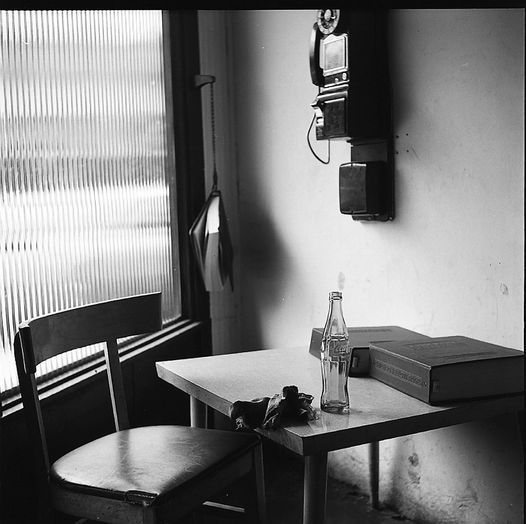
"Interior with Telephone" April 20, 1968
photo by Vivian Maier, 1926–2009
34 notes
·
View notes
Text

Vivian Dorothy Maier was an American street photographer whose work was discovered and recognized after her death.
She worked for about 40 years as a nanny, mostly in Chicago's North Shore, while pursuing photography. Wikipedia
Born: February 1, 1926, New York, New York, United States
Died: April 21, 2009, Oak Park, Illinois, United States
Read also: Vivian Maier and the Problem of Difficult Women https://www.newyorker.com/culture/culture-desk/vivian-maier-and-the-problem-of-difficult-women
43 notes
·
View notes
Text

Vivian Maier (February 1, 1926 – April 21, 2009), Chicago, no date.
82 notes
·
View notes
Text

Nice. Exposition Vivian Maier. Autoportrait, New York, 1954.
Vivian Maier ( 1926 - 2009) travaille comme gouvernante d’enfants, au début des années 1950, à Chicago. Elle ne quitte jamais son appareil photo. Un Rolleiflex puis dans les années 60 un Leica. On a retrouvé dans ses affaires plus de 120.000 photos, un grand nombre de pellicules non développées. Elle photographiait dans l’anonymat ce qu’elle voyait, la rue, les personnages, les formes.
Elle est d’origine française de la vallée du Champsaur ( Hautes Alpes.) Maison de la photographie Vivian Maier, Saint Bonnet en Champsaur, 05500.
4 notes
·
View notes
Text
— Essay written by: John Paul Jonas
In New York, the retrospective of Miss Vivian Maier (1926-2009), titled “Unseen Work,” recently concluded. The exhibition was open to visitors from May 31 to September 29, 2024, at the “Fotografiska New York” museum. The showcase included around 230 works covering the period from the early 1950s to the late 1990s, featuring many previously unseen photographs.

The exhibition highlighted Miss Maier's distinctive style and her extraordinary ability to capture the essence of everyday life through an artistic lens. It is part of a larger effort to bring her work to a wider audience, especially considering that her vast body of work was only discovered posthumously, yet it is already considered one of the most important contributions to 20th-century photography.
(...)
2 notes
·
View notes



